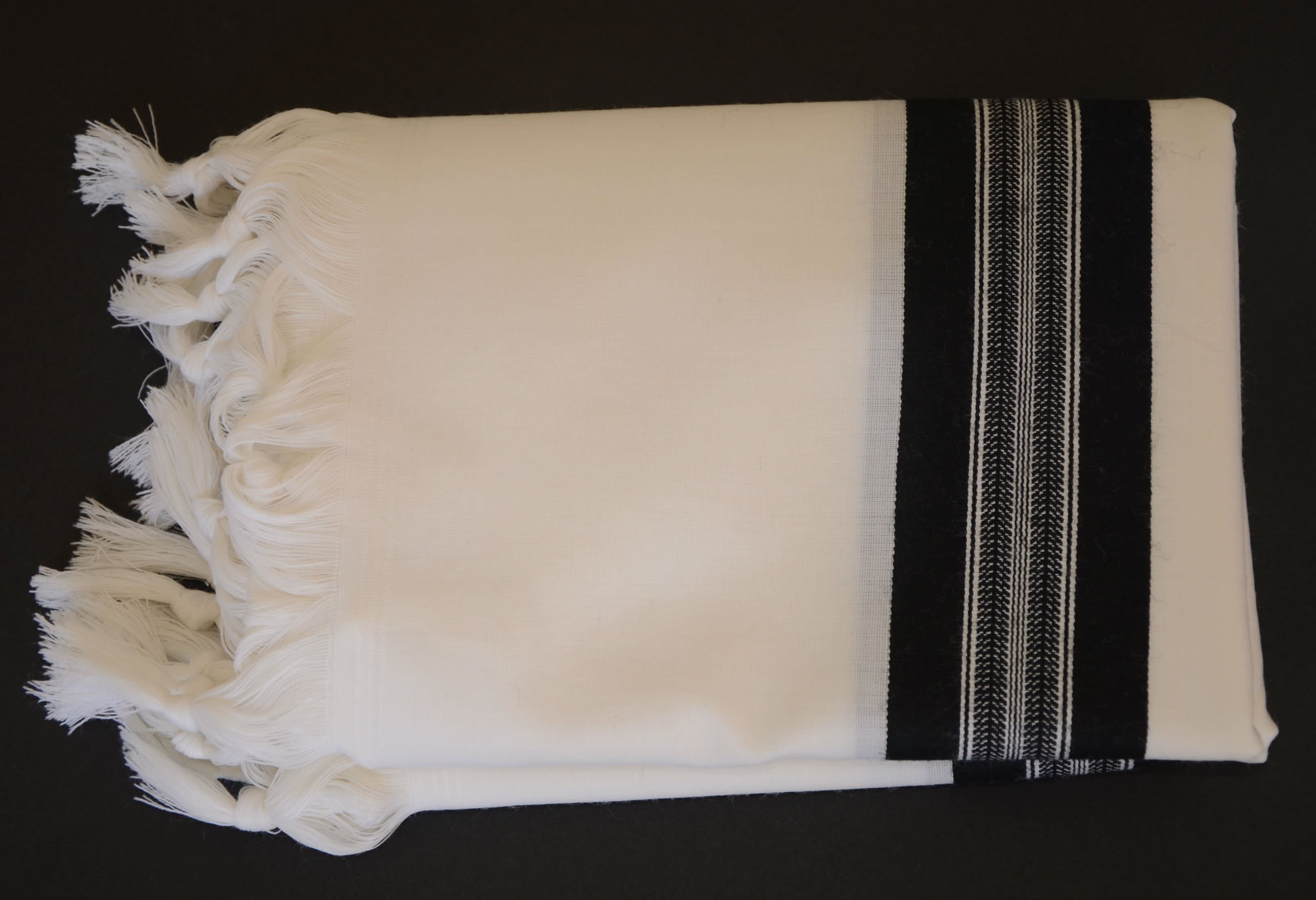The burial of Sarah discussed in our portion provides an opportunity to discuss the important and ancient custom of the shrouds or burial garment.
Jewish burial is always in a simple linen shroud or sometimes a prayer shawl for a man (SA YD 352). Burying the departed in a garment is considered a testimony of faith in the resurrection of the body (commentary of Shach). This is a fundamental principle of faith, one of the thirteen principles which the Rambam enumerates as being essential to Jewish belief.
We can easily see why the belief in the immortality of the soul is a basic moral necessity for mankind. When we remember that the soul outlives the body, then we will devote our lives to the cultivation of the spirit, not to the enjoyments of the body. But why is the belief in the resurrection so fundamental that we are enjoined to believe that this is an inseparable part of the written Torah? What is the spiritual and moral significance of this tenet of our faith?
The Midrash explains that HaShem in creating the world desired a “nether dwelling”, a material expression of His holiness. Indeed, His presence originally permeated the entire creation, until the sin of mankind created an artificial partition between this world and G-d’s presence.
The indwelling of the soul in the body is the analog of the indwelling of G-d’s presence in the world. The human soul also originally pervaded the body in a permanent way, until the first sin created an artificial partition between soul and body, which is why this sin introduced the existence of death in the world.
But the Torah directs us to return the Shechina to this world. The erection of the Tabernacle was a giant step towards this goal, as it served as an abode for the Shechina. Since the destruction of the Temple, it is the “four cubits of halacha” which serve as this abode (Berakhot 8a). But through the Temple service, and through the sanctification of all aspects of life through performance of the commandments, the ultimate goal is that the entire creation should again radiate holiness.
Again, the analog on the human level is that the human body should be inseparably fused with the soul. Viewed this way, death is not a perfect elevation for the soul. Given the fact that the body is not perfected, the soul is further elevated in the world of spirit than in this world just as G-d’s presence had to distance itself from the world as it became tainted by sin. But the ultimate goal is that the soul should be reunited with the body, and this is what will occur at the time of the Resurrection.
It is forbidden to perform everyday mitzvot in a demonstrative way next to a grave; this is considered “mocking the poor”, that is, the dead who are no longer able to fulfill the commandments (Berakhot 18a, SA YD 367:4-5).
The soul is impoverished, not enriched, by leaving the material world where holiness can be instilled into seemingly dead matter by performance of the mitzvot (Ein Ayah).
A parallel theme of the resurrection is that it is the occasion of the truly final judgment. The Talmud likens the body and the soul to a blind watchman and a lame one who join forces to steal some figs, the lame man riding on the blind man’s shoulders and guiding him. When the owner catches them, the blind man claims that he could not have stolen the figs, because he can’t see; the lame man claims he is obviously innocent because he could not climb to pick them. The wise owner puts the lame man back on his friend’s shoulders and judges them together (Sanhedrin 91a).
Recall the judgment, while awesome and frightening, is ultimately a necessity for the rectification just as in this world we can not perfect ourselves in any area of endeavor without standards and feedback. This explains why the body and soul need to be judged together.
If the presence of the soul in the body were an artificial situation, then we would consider the judgment of the soul to be the ultimate and perfect rectification of the human being. Yet in fact the opposite is true; it is the separation of body and soul which is an artificial situation, and so the ultimate rectification is when they are judged as one.
Rabbi Asher Meir is the author of the book Meaning in Mitzvot, distributed by Feldheim. The book provides insights into the inner meaning of our daily practices, following the order of the 221 chapters of the Kitzur Shulchan Aruch.
The words of this author reflect his/her own opinions and do not necessarily represent the official position of the Orthodox Union.

